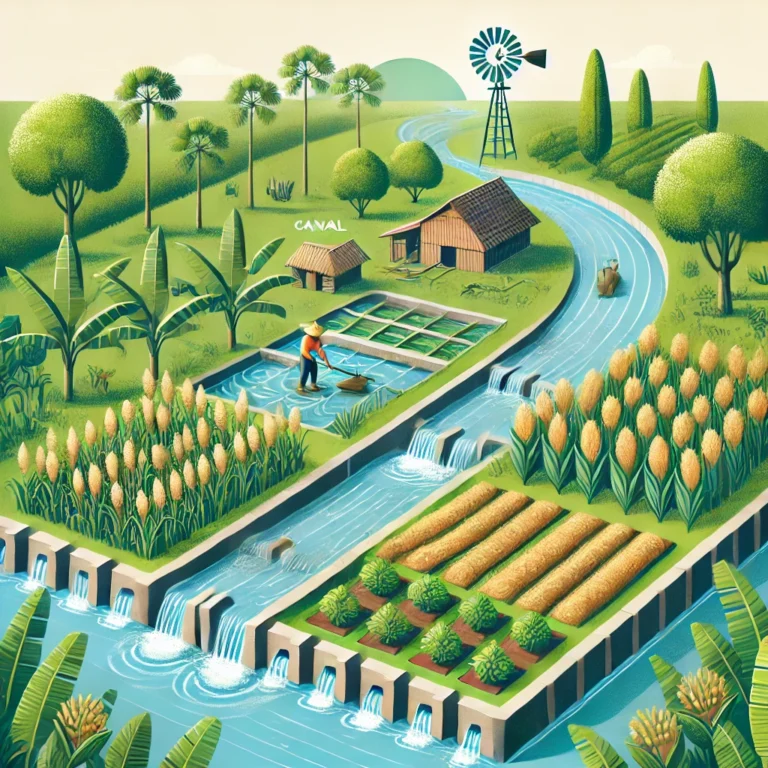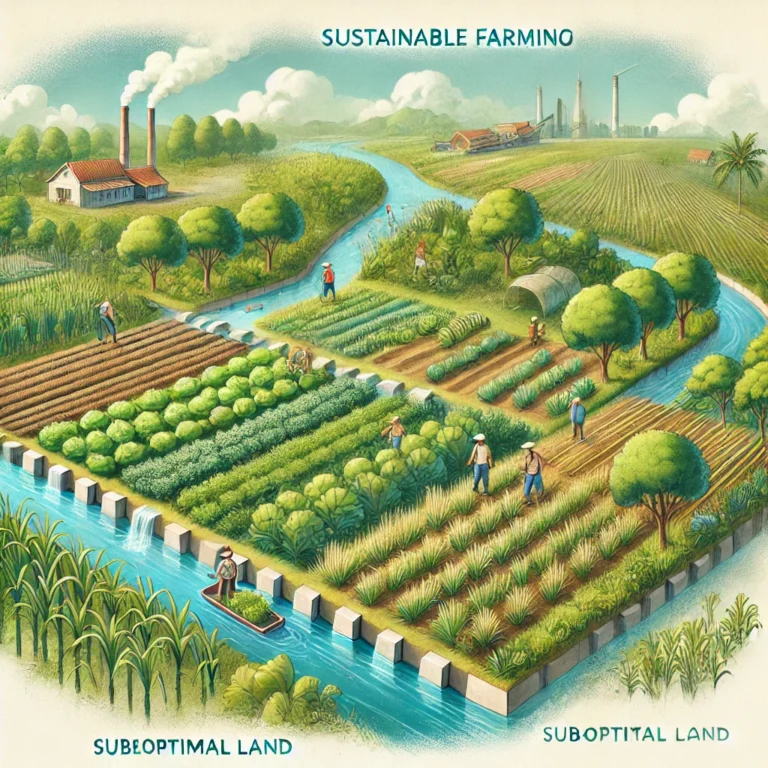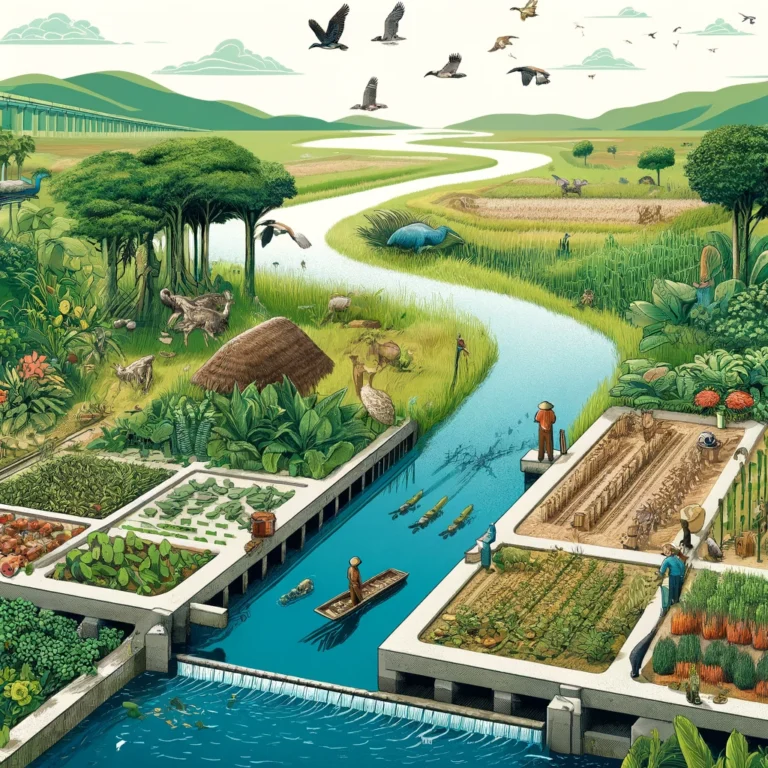Still discussing about peatlands, this live talk focused more on the relationship between peatlands and carbon. In contrast to other lands, peatlands are called unique as they are composed of piles of organic matter. Peatland and carbon are closely linked; it is in the nature of peatlands to store carbon. The carbon stored by soil and plants on peatlands can be ten times the carbon stored by soil and plants on mineral lands.
The area of peatland itself only covers 3% of the total land area on earth. But the potential of peatlands can store carbon as much as 18-30% of existing carbon. That is why cultivating peatlands need to go along with careful consideration. The impact on the environment will be hazardous if large amounts of carbon are released into the air and impact the earth’s climate.
In Indonesia, there were peatland fires with a total area of 1.2 million hectares or 24 times Jakarta or half of West Java province in 2019 caused by nature and human-made. If we look at this, naturally, many carbon emissions exacerbate the greenhouse effect. Maintaining the sustainability of peatlands is very important for the people of the earth. Besides being able to be planted, peatlands can also absorb large amounts of carbon. But in reality, there are still irresponsible parties burning peatlands for conversion regardless of environmental factors that will come later on.





